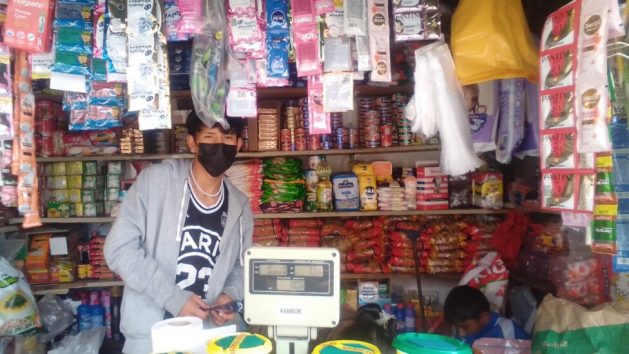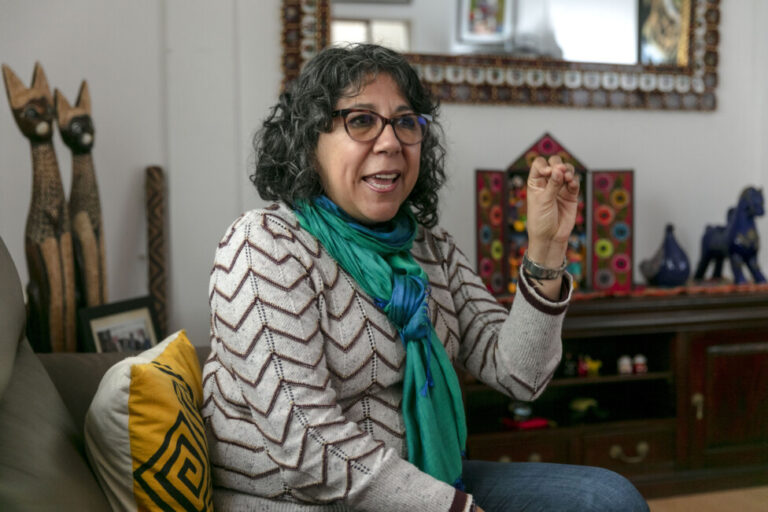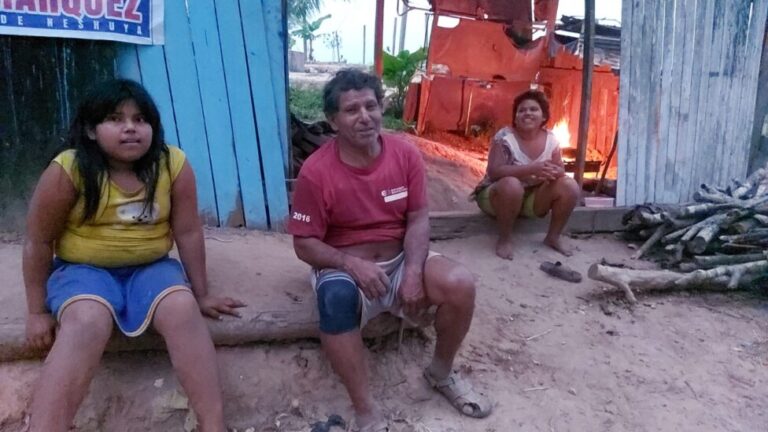Inequality in Peru’s education sector widens in the post-pandemic era – Global issues


LIMA, September 22 (IPS) – “When the pandemic hit, I had to stop studying, just as it was my last year of school… My parents couldn’t afford to pay for the internet at home” , Rodrigo Reyes, 18, one of the nearly 250,000 children who dropped out of school in 2020.
This number includes elementary and middle school students who registered for the school year but did not complete the school year.
In March 2020, as a precaution against the spread of COVID-19, distance education was introduced in the country, which means that access to the internet and electronic devices is necessity. Online classes continue until 2022, when students return to the classroom.
But during this period, inequalities in access to and quality of education deepened, affecting students living in poverty or those from rural and indigenous populations.
Peru is a multicultural and multi-ethnic country with just over 33 million inhabitants, where the poverty rate in 2021 affects 25.9% of the population, 4.2 percentage points lower than in 2020. but still 5.7 points higher than in 2019, a year before the pandemic broke out. Monetary poverty officially affects 39.7% of the rural population and 22% of the urban population, reflecting a huge social gap.
“We’re talking about elementary and middle school students who have always been the ones who don’t manage to get ahead academically, who aren’t cited, who fail the Student Census Assessment tests, who live in the provinces that take the last place in the rankings at the national level,” said Rossana Mendoza, a university professor in Intercultural Bilingual Education.
“They are all young people facing some kind of disability and services, they are native speakers of a language other than Spanish that the government-developed Aprendo en Casa (homeschooling) program action is not fully responsive,” she added in an interview with IPS at her home in the Lima district of Jesús María.
But students in poor suburbs are also affected. Mendoza said the children have to alternate schoolwork with helping their parents by helping the family, thus spending very little time studying.

This was the case with Reyes, who had no choice but to drop out of school and put aside his dream of becoming a heavy machinery technician.
“I was going to finish school at 16, I was about to graduate with my friends and then I planned to mentally prepare to apply to the academy and become a mechanic… but that didn’t happen. “, he told IPS at his. his mother’s counter, where they sell food and other products at the Santa Marta market in his neighborhood, where he has worked full-time since the pandemic began.
Reyes lives in a suburb of the Ate district, one of the 43 districts that make up Lima, located to the east of the capital. Like a large part of the district’s population of nearly 600,000, his family came from the interior in search of better opportunities.
“I’ve always believed that research is what pulls people out of ignorance, it liberates us, and that’s what we wanted for our children when we came to Lima with my husband. That’s why. why it hurts me so much when we don’t, the young man’s mother, Elsa García, sadly told IPS.
The pandemic has dealt a heavy blow to the family’s precarious budget, and Rodrigo and his two brothers dropped out in 2020. The following year, only the younger brothers will be able to return to their studies.
“With my help at the store we saved some money and my dad was able to buy a cell phone for my siblings to use and now they share the internet. I have to continue to support them so they can finish their studies and become professionals, maybe later I can too,” said Rodrigo.
Barriers to education existed before the pandemic in the South American country. This is well known to Delia Paredes, who left school before completing her primary education because she was pregnant. Today she is 17 years old and still cannot continue her education.
She lives with her parents and sister in a rural area outside the town of Neshulla, which has a population of 7,500 and is located east of the center of Ucayali, an area in the Peruvian Amazon rainforest. Her father, Úber Paredes, is a farmer without his own land and works as a hired hand on neighboring farms, with a monthly income of less than $100.
“I couldn’t afford to buy my daughter shoes, clothes and school supplies so she could continue going to school, and after giving birth, she became a housewife to help my wife… I don’t have money, there’s a lot about poverty around here,” he told IPS by phone from Neshulla.
His two young daughters, Alexandra and Deliz, are going to school and returning to class this year. Alexandra feels sorry for her sister. “She kept repeating that she wanted to be a nurse. I told her that when I became a teacher and was working, I would help her,” she said.
Early pregnancy, such as the case of Delia, is considered forced by human rights groups because it is often the result of rape, reaching 2.9% among girls and adolescents aged 12 to 17 years. in 2021. Like poverty, this rate is concentrated in rural areas, where it stands at 4.8%, compared with 2.3% in urban areas.

Extend the distance
In 2020, 8.2 million children and young people were in school nationwide, before the pandemic was announced. The total number of children and young people registered in May 2022 is nearly 6.8 million. Education authorities expect this gap to close over the next few months, but have not reported information on this.
In 2020, nearly a quarter of a million students will be forced out of school at the national level, and in 2021 that number will be close to 125,000. However, by 2022, the distance has widenedwith nearly 670,000 unenrolled in the current school year, which begins in March.
This gap has appeared despite the fact that the Ministry of Education has launched a National Emergency Plan for the Peruvian education system from the second half of 2021 to the first half of 2022, in order to create the necessary conditions to bring children drop out back to school. .
Professor Mendoza said the priority was to bring back the part of the population that was excluded from the right to go to school. “There is a need for a strategy to support not only academically but also the difficulties that dropouts face when living with families who have lost a mother, father or grandparent,” she said.
“You have to see them in that context and not just because they’re underachieving academically. To see that they have a life of terrible disadvantage to rise to and that they are being excluded from the education system. “, she said.
She added that it is necessary to clearly define the target audience. “Peru’s school management system, which is quite developed, should allow us to know who these children and young people are, what their names are, where they live, what happened to their families and how the school system can provide them with opportunities in their current living conditions.”
Mendoza explained that not only are they outside the system, but their living conditions have changed and they cannot expect to return to the school system as if nothing had happened after they fell further into poverty. or orphaned.
© Inter Press Service (2022) – All rights reservedOrigin: Inter Press Service




